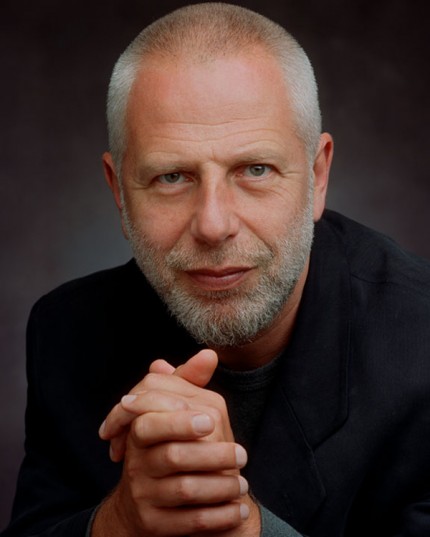Feltsman provides an individual slant on familiar composers
Many composers have acquired such strong musical personas in the minds of concertgoers that a program of their works can feel like a tour through a gallery of familiar portraits. What most strongly distinguished pianist Vladimir Feltsman’s recital at Symphony Center on Sunday—part of the CSO’s “Truth to Power” festival—was how much his performances of two composers’ works differed from the ways in which their personalities are usually projected.
There are many sides to Haydn we are prone to expect: the sentimental charm of the colleague of Mozart, the drama of the teacher of Beethoven, and the quirky humor unique to himself. Though not filled with explicit jokes like the surprise in the “Surprise” symphony, Haydn’s Piano Sonata in A-flat, Hob. XIV/46, nonetheless has enough unexpected harmonic twists to generate suspense. Its copious passagework and ornamentation proffer plentiful invitations to engage in surface scintillation.
But Feltsman chose not to focus on these qualities, nor on strong contrasts of dynamics or articulation. Instead, he paid an unusual degree of attention to sonority, applying more deliberate effects of pedaling and voicing than one normally hears in this music. This sensitivity to voicing paid special dividends in the second movement, whose polyphony was rendered with pristine clarity. This was not an attempt to capture the Haydn of the late 18th century, but rather a seized opportunity by Feltsman to exploit all the richness this music can accrue from the sound of a modern piano in a large hall.
If Feltsman’s interpretation of Schubert’s Piano Sonata in A minor, D. 537 was his least challenging to preconceptions, this was by no means a flaw. In fact, Feltsman’s treatment of the second movement was a highlight of the concert. This movement features three iterations of the main theme, in different guises, interspersed with contrasting episodes in different keys. Feltsman gave each appearance of the theme and each episode its own distinctive sound profile, making for a performance that was refreshing in its variety.
The final piece on the program was Prokofiev’s Piano Sonata No. 6. In most pianists’ hands—including those of the man who gave its public premiere and was its most devoted advocate, Sviatoslav Richter—this sonata’s dissonances are brought to the fore, and the piano becomes practically a percussion instrument during the more mechanistic-sounding sections.
Feltsman eschewed this style of interpretation. He played with power and energy, when these qualities were required, but never with violence or harshness. The result was an uncommon, almost Rachmaninoff-like sense of poetry in this music. Yet, the despair of the first movement was missing, as too was the sarcastic bite of the second. And you would never guess from Feltsman’s performance that the third movement is a waltz, since the dance-like lilt was replaced by a more introspective songfulness.
Only in the finale did Feltsman conform to the standard characterization of the piece. To those steeped in this sonata’s tradition, the spirit of Prokofiev must have seemed absent. But for those for whom strength of musicality trumps any such concerns, the thought and care put into Feltsman’s interpretation would have shone through.
The audience was clearly more of the latter persuasion, as they greeted the performance warmly enough to elicit an encore from Feltsman: a lovingly phrased rendition of Bach’s Jesu, Joy of Man’s Desiring.
Posted in Uncategorized





